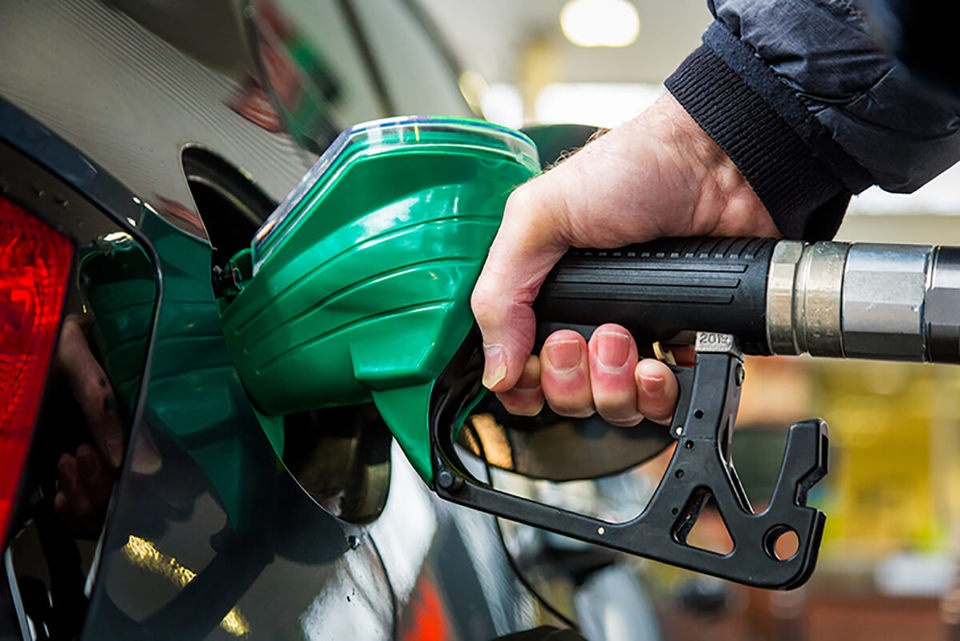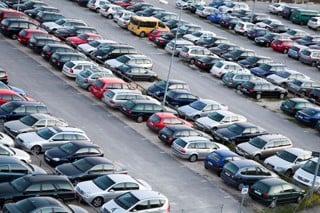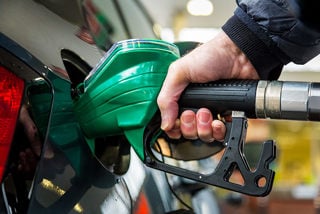Drivers are still paying too much at the pumps with retailer margins remaining at a historically high level, according to a new report from the Competition and Markets Authority (CMA).
The watchdog estimates the increase in fuel margins of retailers compared to 2019 resulted in drivers having to stump up an additional £1.6 billion in 2023.
Competition among fuel retailers is failing consumers, it says, just as it was in July last year when the CMA published its road fuel market study.
RAC head of policy Simon Williams said: “This, the third report from the CMA, contains many findings that we feared.
“To see that drivers have paid £1.6bn more than they should have in the last year is nothing short of outrageous, especially when so many are dependent on their vehicles.
“Drivers have every right to feel ripped off, especially knowing there is virtually no market competition between retailers.”
In its third Road Fuel Interim Monitoring Update, the CMA has found that overall, while there has been some volatility in recent months, the general picture is one of sustained higher road fuel prices and margins compared to historic levels.
Pump prices over March to June 2024 for both petrol and diesel broadly rose at first, before falling towards the end of June.
Petrol prices at that time of 144.43 pence per litre (ppl) were 0.47ppl higher than four months previously, while diesel prices (150.12ppl) were 3.17ppl lower.
These movements reflect in part changing crude oil prices and refining spreads, both of which are driven by global factors, says the CMA.
Petrol retail spreads in the four months to June averaged 12.62ppl, which was 2.55ppl lower than over the previous four months – but still more than double the average of 6.51ppl over 2015-19.
Diesel retail spreads averaged 17.91ppl, which was 2.78ppl higher than the previous four months, and more than double the 2015-2019 average of 8.61ppl.
Supermarket fuel margins moderated over the January to April 2024 period, down from 8.1% in December to 7% in April, but remain high on a historic basis, and overall are little-changed since the publication of the last CMA road fuel market study in July 2023.
Non-supermarket fuel margins were also lower over the January to April period, at between 7.7-8.5% compared to 10.4% in December, and are slightly lower than they were in mid-2023 – but are also still elevated compared to historic margins.
The CMA says it remains concerned about the intensity of retail competition between fuel retailers.
Gordon Balmer, executive director of the Petrol Retailers’ Association (PRA), said: “PRA members are committed to keeping pump prices as low as possible and operate in a highly competitive environment which is affected by a range of factors, including cost increases for retailers and geopolitical events.
“The CMA's analysis does not take these complexities into account.
“We support any sensible measures that lower prices for consumers, including continuing the 5ppl cut and the fuel duty freeze, which accounts for more than 30% of the pump price. In the meantime, we suggest motorists use petrolprices.com to check for the cheapest fuel available.”
Last year, when the CMA published its last road fuel market study report, it recommended that a smart data driven fuel finder scheme be set up to make prices available to motorists across the UK in real time, such as through map apps and sat-navs.
The scheme would be backed up with ongoing monitoring by the CMA to hold the sector to account and, it estimates, could save drivers up to £4.50 each time they fill up, as it would make it easier to find cheaper fuel in their area.
The CMA is currently monitoring developments in the fuel market using information provided voluntarily by fuel retailers.
It has created a temporary price data-sharing scheme, and it is positive that some major players have started to integrate this into consumer-facing products, like apps.
However, the current scheme covers only 40% of fuel retail sites and is not comprehensive enough to be utilised by map apps or sat-navs to bring accurate, live information to people – and this is what would have a substantial impact on the market.
The CMA says that the proposed introduction of the Digital Information and Smart Data Bill by the new Government could provide the legislative basis to set up a compulsory and comprehensive scheme that would change this.
Legislation – which is needed to establish the scheme fully – may take time to come into force, however, so the CMA is encouraging the Government to introduce an enhanced interim voluntary scheme that is as close to the final scheme as possible.
Williams said: “The CMA couldn’t be any clearer about what needs to happen. We have already written to the new energy secretary, urging him to implement its recommendations as quickly as possible.
“This means greater transparency of fuel prices from all retailers and, most importantly of all, a price monitoring body that can take decisive action on retailers whenever drivers are overcharged. This can’t happen soon enough.”






















Login to comment
Comments
No comments have been made yet.